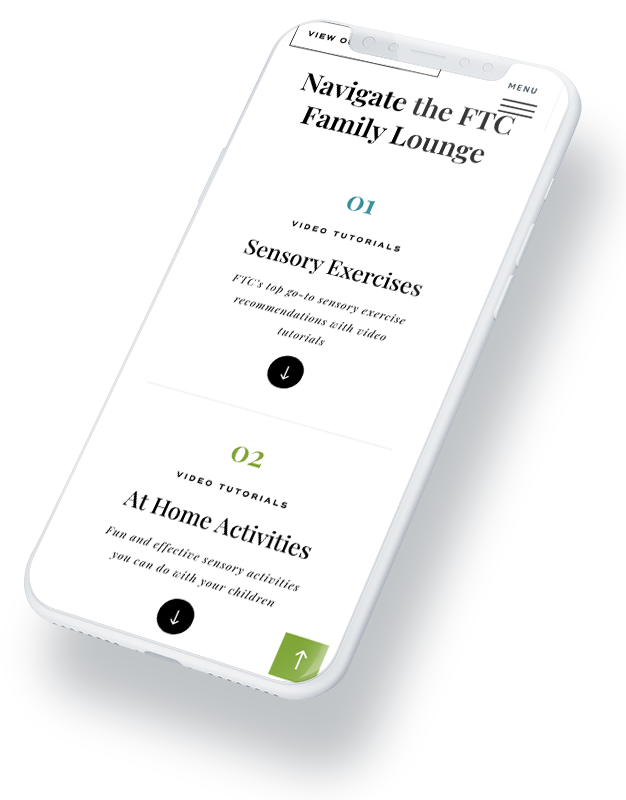Oftentimes, I have parents express to me that their child has trouble listening to them or following directions.
This can be perceived as a challenge, especially when trying to encourage your child to participate in a therapy session to fully engage in the games, tasks, and activities prompted by their therapist.
So, what can we do to help improve a child’s ability to attend and engage in what we want them to do?
My simple answer is to allow your child to take the lead!

By this, I don’t necessarily mean allow your child to completely take over and do whatever it is that they want, but instead, center the activities around what interests them! Here are a few approaches that I have found to be helpful during my therapy sessions to help improve my child’s motivation and participation, especially with the additional hurdle of providing occupational therapy services through teletherapy.

Be flexible and quick to react.
Prior to beginning each session, I create personalized treatment plans for the children for what I would like them to work on that day to address several of their established goals to continue improving their skills.
And while having a plan with various activities and games is ideal, it’s important to remember that children can be quite unpredictable and there’s a possibility that they may have no interest in what you thought they would like.
In instances like these, I’ve found that it is necessary to be flexible and to be prepared to quickly adapt any of my activities to be more motivating for the child.
I will observe the child closely and take note of what they are interested in that moment and see if there is any way that I can incorporate whatever toy or game that is catching their attention into the original activity I had for them.
The child will be overjoyed that they didn’t have to put away their toy or game, and I will be happy that we were still able to do the activity that works towards their goals!

Allow your child to have choices.
During my teletherapy sessions, I have found that providing some of my kids with visual schedules with pictures representing all the activities I have planned for them is helpful.
I will allow the child to choose which of those activities provided they would like to so as the session progresses and it has shown to increase their compliance to engage in the session because rather than being told what they were going to do, they had the ability to choose.
The great thing about this approach is that each planned activity was prepared in such a way that whatever it is that they choose to do will be therapeutically beneficial to them in some way.
So, no matter which activity they decide they want to do first, second, or third that day, they will voluntarily make decisions to engage in activities that are not only exciting for them, but simultaneously allowing them to work on areas they have difficulties in.

Use their interests as motivation.
All individuals, no matter what their age is, engage in activities based on personal choice and motivation.
The inclusion of incorporating a child’s current interests will help influence their willingness to learn and participate, even if the tasks are challenging for them.
By personalizing the activities in a way that resonates with what interests and motivates them, the sessions become more meaningful, which in turn, increases their desire to improve upon the skills they are currently working on.
Something as simple as taking a movie of your child’s interest and theming the activities around their favorite movie characters will make a world of a difference in how self-motivated they will be to participate.
By allowing your child to be an active collaborator in the therapeutic process, they will feel like they are contributing to the session.
This will result in increasing their self-confidence and sense of independence, which is what we, as therapists, hope for the children we work with to feel and experience every day of their lives!



















Comments
0 Comments